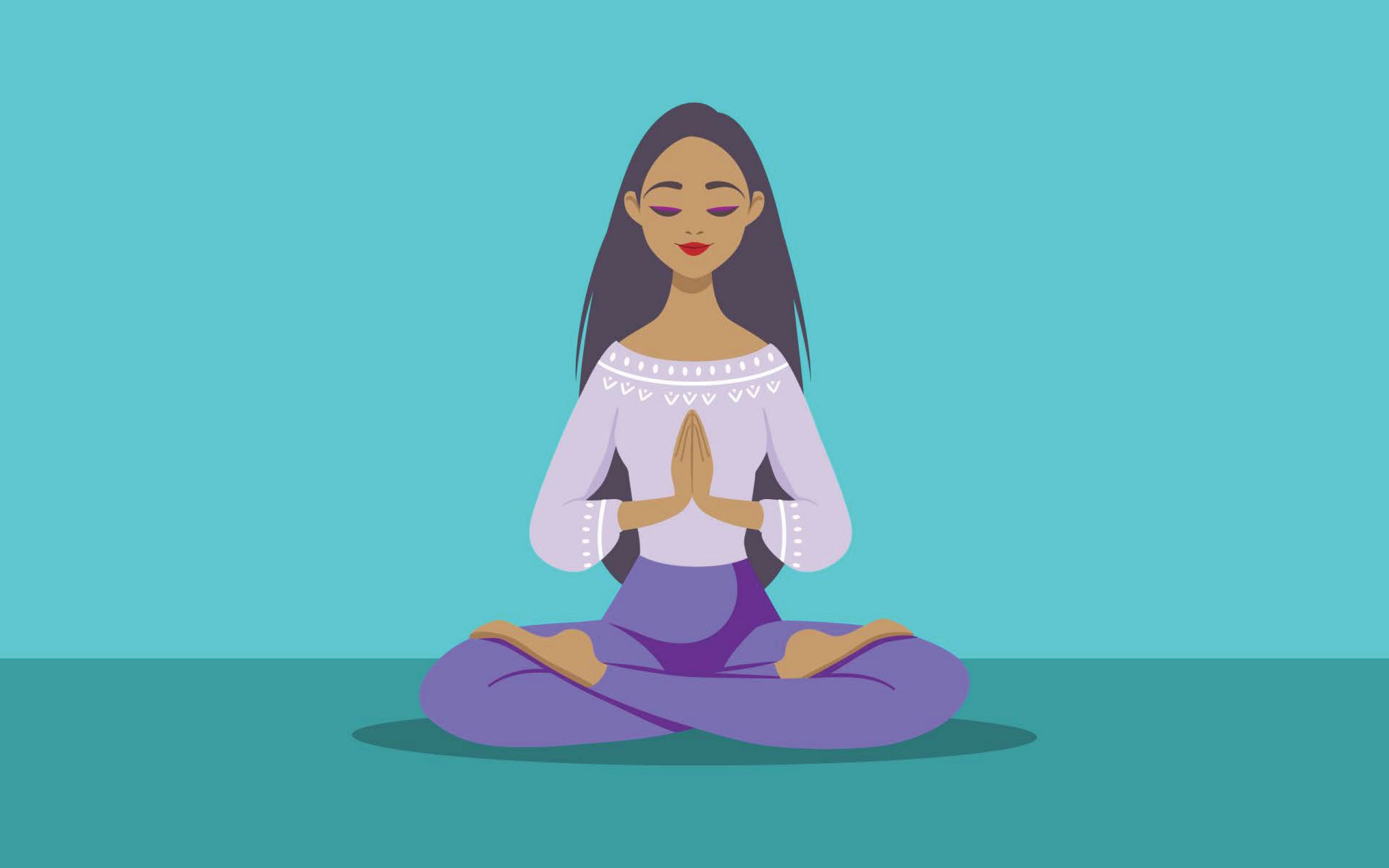Mindfulness is a growing priority in our stressed-out society, but many of us find it difficult to create a space where we can live in the moment. Stop, take a breath, and try meditation.
Forget what you think you know about meditation. There’s far more to it than sitting cross-legged and eating granola bars. A growing body of research – including a 2015 Canadian study of teachers – is proving that meditation can aid in reducing stress, increasing awareness of yourself and others, and promoting healthier interpersonal communication.
It’s also a powerful tool for personal change, as it requires you to shift your attitudes and, in a sense, change the way you think about (and do) change.
A 2012 study at the University of California, Los Angeles (UCLA), published in the journal Frontiers in Human Neuroscience, found that meditation quite literally rewires your brain – specifically the gyrification, or pattern and degree of the folds of your cerebral cortex. Those folds play a vital role in your brain function: the more folds, the more surface area, and the more capacity your brain will have for processing information.
“Pronounced group differences indicating larger gyrification in meditators were evident within the left precentral gyrus, right fusiform gyrus, right cuneus, as well as left and right anterior dorsal insula (the latter representing the global significance maximum). Positive correlations between gyrification and the number of meditation years were similarly pronounced in the right anterior dorsal insula,” the study noted. You don’t need to be a brain surgeon to figure out what that means: The more you meditate, the more your brain will grow.
Also, the more you meditate, the less you’ll be consumed by the symptoms of anxiety. A separate 2012 US study review published in the journal Depression and Anxiety confirmed that meditative therapies can be effective in treating anxiety.
That UCLA study highlighted a few of the benefits of meditation, including how it teaches you to regulate (or tune out) distractions such as daydreaming, mind-wandering, and projections into the past or future. In other words, it teaches you to live in the moment, to be present. The study went on to call people who meditate “masters in introspection, awareness, and emotional control”… which sound like just the changes so many people are looking for.
Pause for a moment to consider what you do when you meditate. You focus your complete attention on one thing only. That one thing can differ from session to session – from a candle flame to a mantra – but it usually starts with your breathing. Breathe in. Breathe out. Notice the moment. Still your mind. Repeat. By doing that, you’re creating space for yourself to notice your thoughts as they flit in and out of your mind, and as you gently bring your attention back to your breathing. Inhale. Exhale. Inhale. Exhale.
That’s what makes meditation such a powerful – and scientifically proven – mindfulness tool. It’s not about the process of meditation; it’s about being here and now, breaking the train of everyday thought, and noticing what’s happening around you. That might be your first step to self-awareness, self-reflection, and – as millions of meditators around the world would tell you – the first step to lasting, meaningful change.
Amishi Jha TEDTalk, How to tame your wandering mind.

Leave a Reply